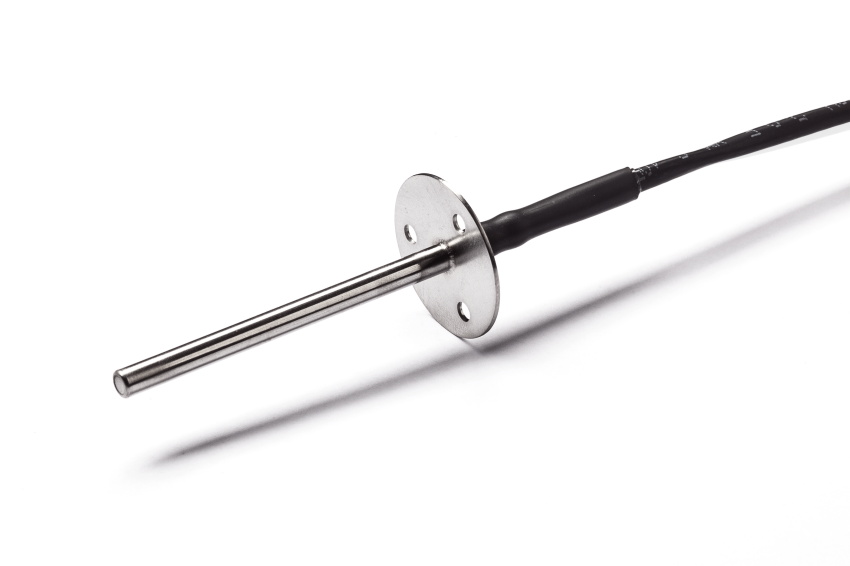It is reported that the total amount of fresh food in China last year exceeded one trillion yuan and the scale of e-commerce was also nearly one hundred billion. Industry insiders said that it is expected that in the next two to three years, the scale of fresh food e-commerce will reach hundreds of billions and the total fresh food will also reach trillions. It can be said that the industry has a very broad prospect. However, this market, which is considered to have a scale of trillions, still has the characteristics of short shelf life, easy wear and tear, easy deterioration and difficult distribution. Fresh-keeping and logistics have become its restrictive factors, which have plagued the further development of fresh-food e-commerce. As we all know, fresh products require very high freshness, and there is no uniform standard in the industry. The industry loss is very large and the loss rate is more than 5%, and some even as high as 10%-20%. Costs such as logistics and storage push up the cost of online sales of fresh food. We all want to eat the freshest food. It's just that keeping fresh food at temperatures that keep it fresh during transport is a harder problem than one might think.

To solve this problem, a research team in Switzerland is trying to solve this problem. The research team has created a biodegradable electric motor temperature sensor that keeps food at a certain low temperature all the time. Generally speaking, in addition to being inaccurate, it is very troublesome to sense the temperature by hand and it is impossible to sense the temperature all the time. The motor temperature sensor produced should be able to wirelessly monitor the temperature of the food in real time, which can save a lot of time and effort. In this way, you can check the actual temperature of your food outside the freezer while it's in transit. These temperature sensors eventually degrade in your body when they reach their destination.
How big is this temperature sensor? A human hair is about 100 microns and the sensor is only 16 microns thick. The sensor is made from magnesium, which the researchers say is an important part of our diet, so why not use it to make the sensor?
In addition to magnesium, the edible electric motor thermistor contains harmless silica and silicon nitride, which are held together by a compostable polymer made from corn and potato starch.
The sensor is also said to be able to bend, stretch, and even work in a crumpled configuration.
If fresh food e-commerce companies want to meet consumers’ requirements for early adopters and achieve real profits, they can configure similar temperature sensors to sense the temperature of food in real time, so that the food can be kept at a certain low temperature to reduce losses and increase user dependence.